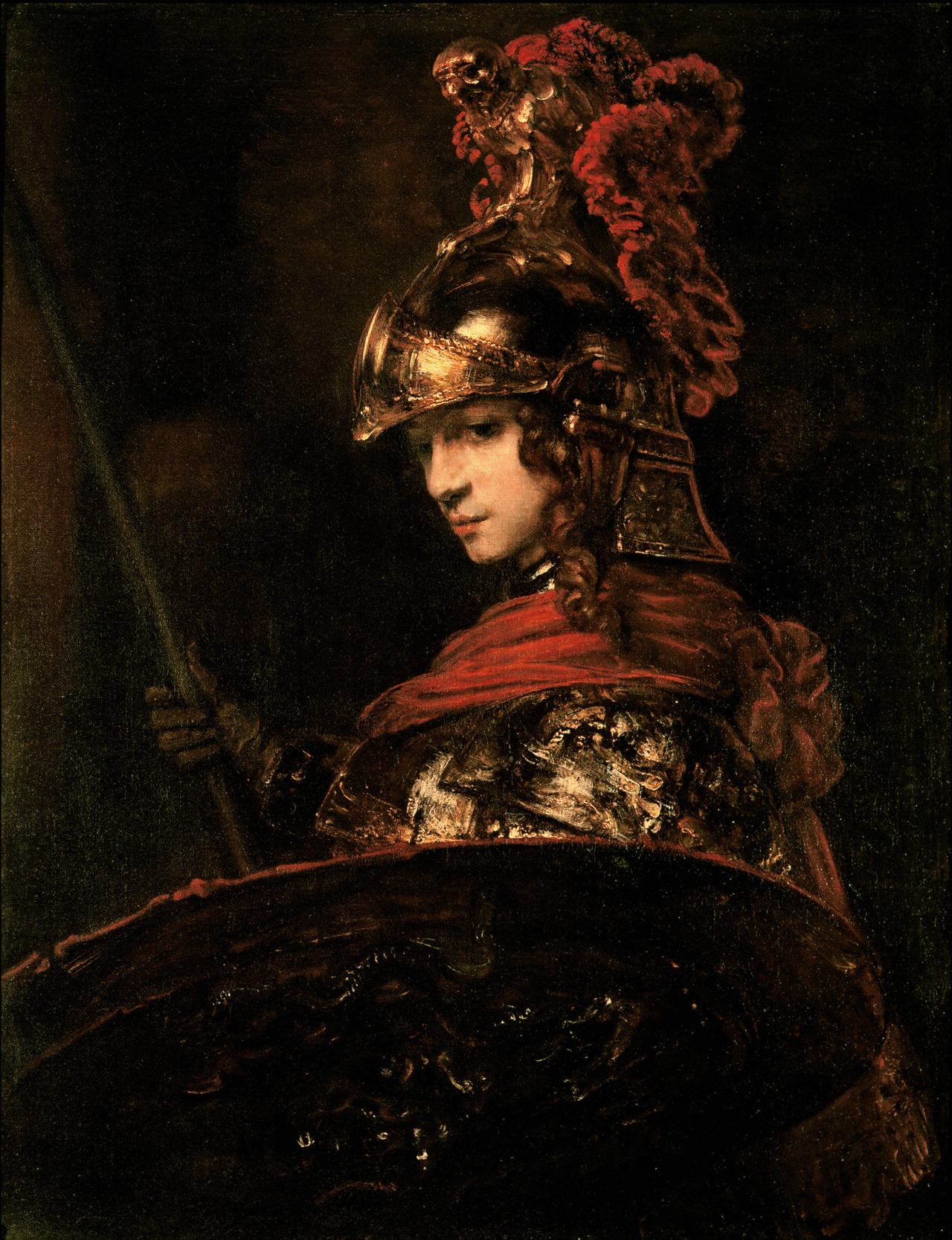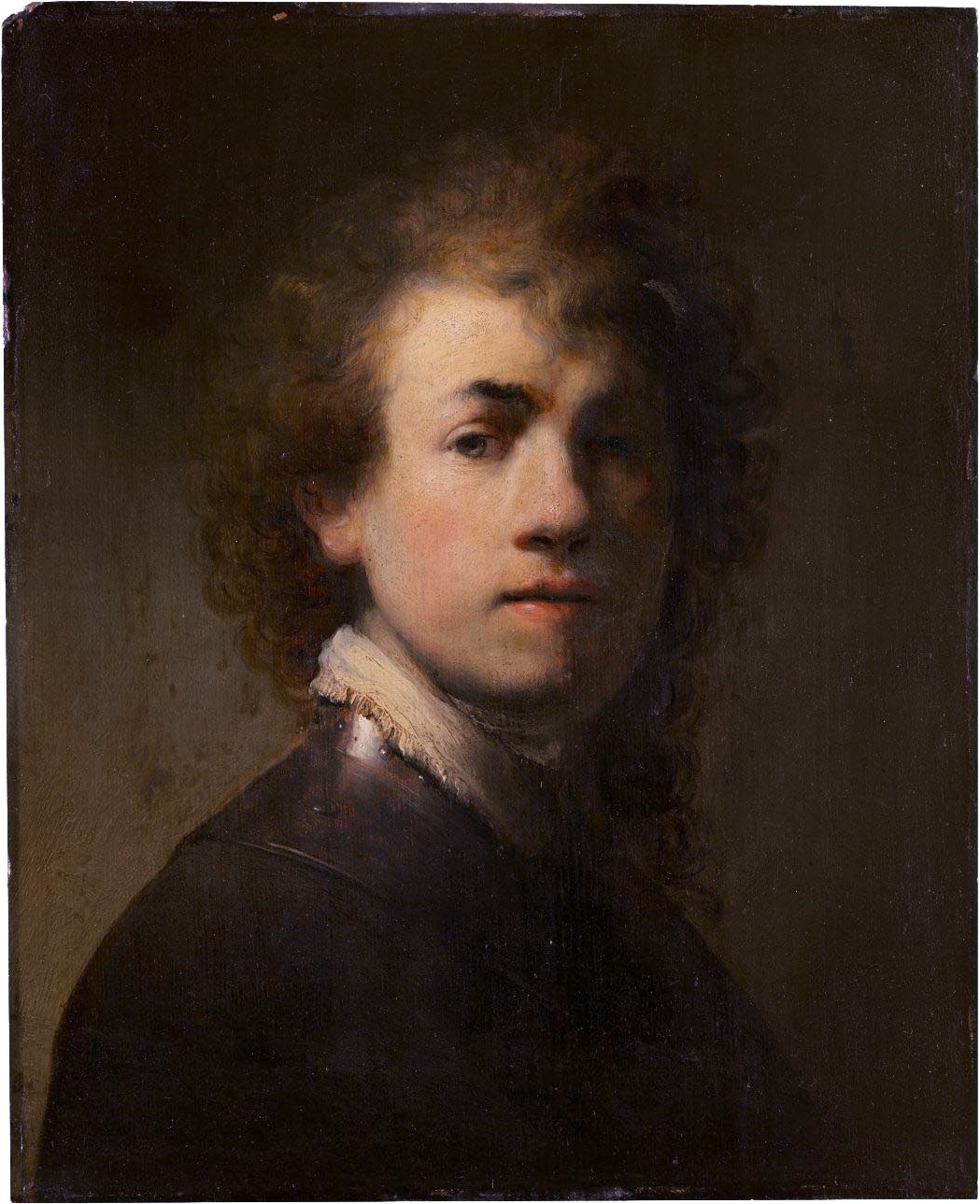The Pallas Athena has, for many years, belonged to the Calouste Gulbenkian Museum in Lisbon. However, it has unseen ties from the past binding it to the State Hermitage Museum in St. Petersburg. From the end of the 18th century, right up to the 1930s, this work by Rembrandt decorated a wall in the Hermitage gallery. Following a decision by the Soviet Government, Rembrandt’s Pallas Athena was sold in May 1930 to the oil magnate and well-known collector Calouste Gulbenkian (1869-1955). Clandestine agreements in Paris between Gulbenkian and representatives of Gostorg (the Soviet Union’s official trade organization) resulted in the Hermitage being forced to turn over a number of precious jewels and works of art to the Soviet trade agency Antikvariat (set up specifically to negotiate the sale and export of works of art). The Pallas Athena was part of an especially valuable shipment of art objects that included masterpiece paintings by Rembrandt, Gerard Terborch, Watteau, and Nicolas Lancret, as well as Houdon’s celebrated statue Diana the Huntress. Calouste Gulbenkian paid the Soviet Government a total of £140,000 for these museum exhibits. In the earliest manuscript catalogue of the Hermitage (1773-1785), Rembrandt’s canvas was mentioned as the Pallas Athena. However, not everyone agreed with this name. In the Baudouin Collection inventory (1780), the composition was entered as a Portrait of Alexander in the Armor of Pallas. The special protection of Athena was ascribed to Alexander the Great. In later literature, the painting was variously called Mars, Portrait of Titus, and Young Warrior.




Pallas Athena
oil on canvas • 118 x 91.1 cm
 Rembrandt van Rijn
Rembrandt van Rijn